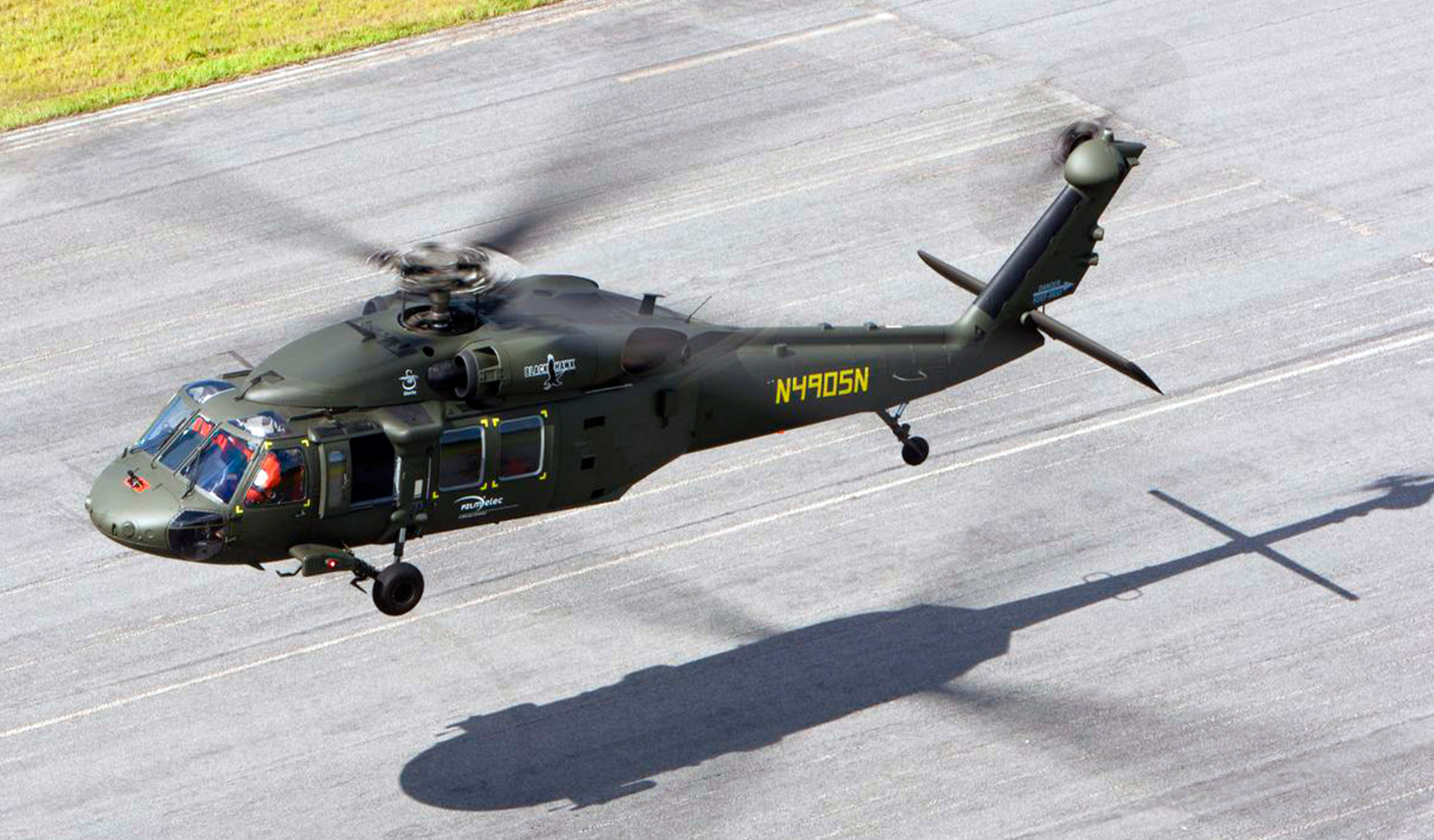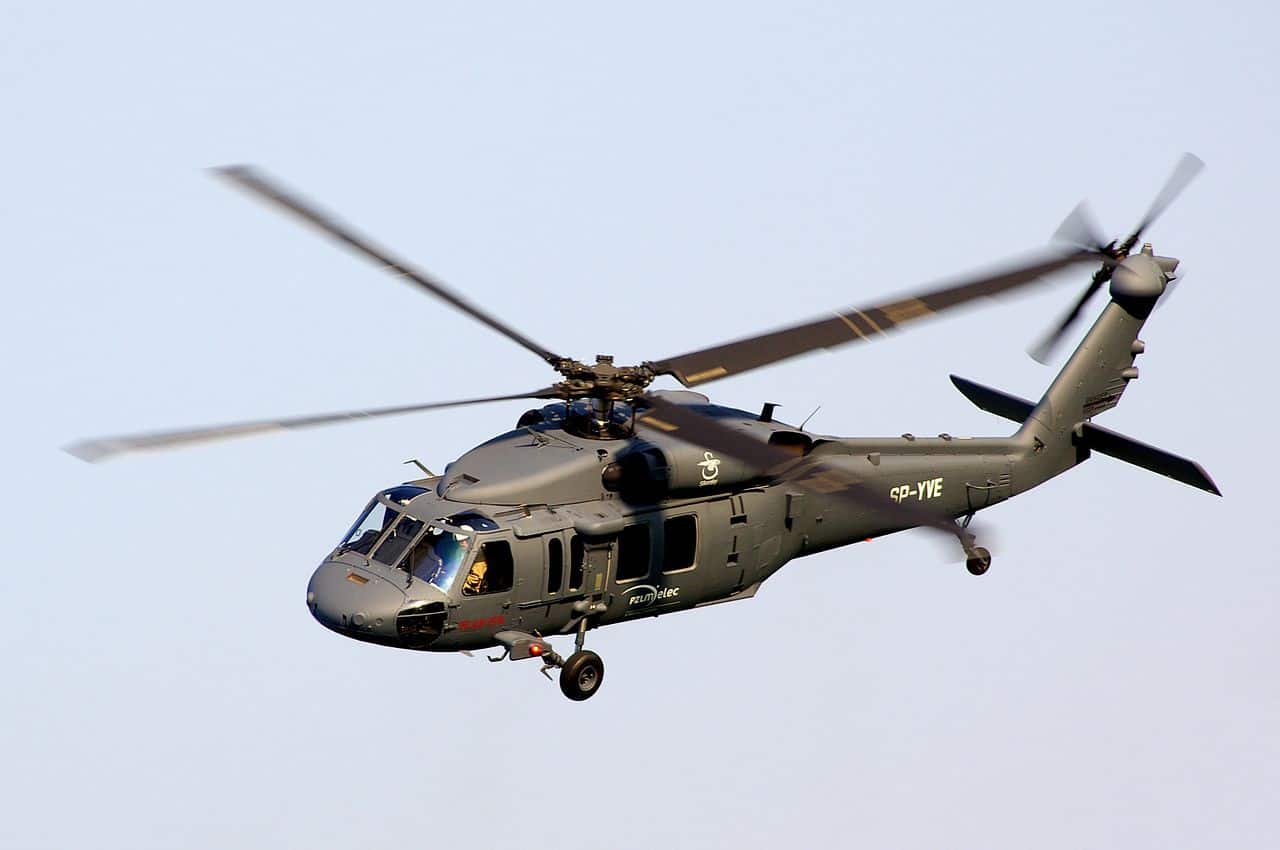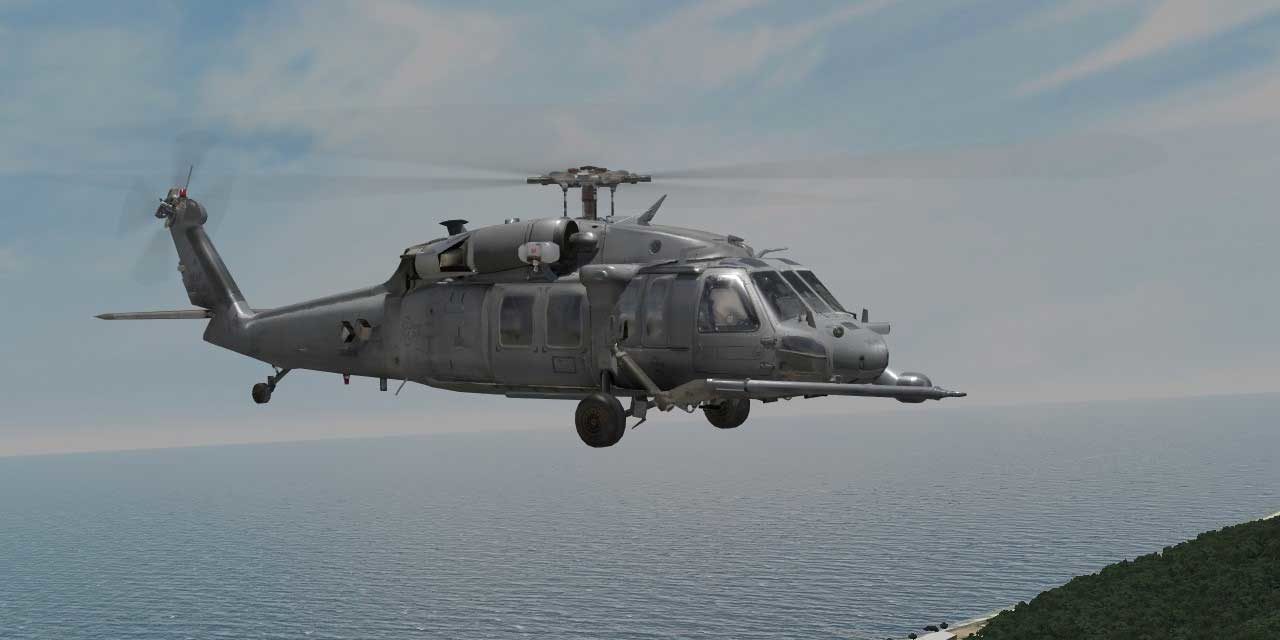Checking out the Capacities of the Sikorsky S 70: A Detailed Review
Checking out the Capacities of the Sikorsky S 70: A Detailed Review
Blog Article
High-Performance Multi-Role Rotorcraft Featuring Advanced Cabin Technologies and Integrated Sensor Equipments
The realm of rotorcraft modern technology has actually seen notable developments in recent times, specifically in the realm of high-performance multi-role rotorcraft furnished with advanced cabin innovations and flawlessly integrated sensing unit systems. In the complying with conversation, we will discover the advancement of rotorcraft technology, dive right into the world of advanced cabin innovations, and check out the ramifications of incorporated sensor systems on the functional versatility and effectiveness of modern-day rotorcraft.
Development of Rotorcraft Innovation
The advancement of rotorcraft technology has been noted by significant developments in the rules of aerodynamics, products, and propulsion systems, forming the capabilities and performance of modern-day rotorcraft. Aerodynamic improvements have improved the efficiency and maneuverability of rotorcraft, enabling raised rate, agility, and stability during trip (sikorsky s 70). Advancements in materials, such as using composite products and progressed alloys, have actually brought about lighter yet more powerful rotorcraft structures, enhancing overall performance and longevity. In addition, advancements in propulsion systems, consisting of a lot more effective engines and innovative propulsion innovations, have actually enabled rotorcraft to achieve higher altitudes, faster speeds, and greater payloads.
These developments have not only changed the capacities of rotorcraft but have likewise expanded their applications across different industries, consisting of armed forces, industrial, and emergency situation services. The continual development of rotorcraft innovation remains to drive development in the area, pushing the boundaries of what is feasible and forming the future of upright flight.
Advanced Cabin Innovations
Building upon the fundamental developments in aerodynamics, materials, and propulsion systems, the realm of rotorcraft modern technology now moves emphasis towards introducing Advanced Cabin Innovations. The combination of sophisticated technologies within the cockpit setting plays a vital duty in enhancing the functional capacities, safety and security, and effectiveness of modern rotorcraft. sikorsky s 70. Advanced Cockpit Innovations encompass a vast array of features developed to supply pilots with improved situational recognition, streamlined information monitoring, and user-friendly control user interfaces
One of the essential improvements in cockpit layout is the implementation of glass cockpits, which replace traditional analog assesses with high-resolution display screens. These digital systems provide personalized layouts, real-time information combination, and improved readability, enabling pilots to access essential details at a glance. Furthermore, progressed avionics systems, such as fly-by-wire controls and enhanced fact screens, are transforming just how pilots connect with the airplane, permitting for accurate control and improved decision-making abilities.


Incorporating innovative cockpit developments not only boosts pilot performance but also adds to general goal performance and security in intricate functional settings. By leveraging modern innovations within the cockpit, rotorcraft makers are establishing brand-new standards for functional excellence and objective success.
Integrated Sensor Equipments
With the evolution of rotorcraft modern technology, the assimilation of innovative Integrated Sensing unit Equipment has actually become critical in enhancing functional performance and security. These Integrated Sensor Equipments incorporate a large variety of technologies that give important data for numerous features such as navigating, surveillance, targeting, and ecological monitoring. By flawlessly integrating sensors like radars, cams, lidar, and infrared systems right visit homepage into rotorcraft, operators can take advantage of boosted situational recognition, enhanced objective capacities, and minimized pilot work.
One key advantage of Integrated Sensor Equipments is their ability to gather real-time data and supply actionable insights to pilots and objective drivers. Advanced radar systems can find and track targets over long distances, enabling for early hazard detection and effective action planning. Furthermore, incorporating electro-optical and infrared cameras enables rotorcraft to conduct reconnaissance and monitoring objectives with accuracy and accuracy.
Essentially, the assimilation of advanced sensor modern technologies into rotorcraft not just improves operational efficiency but likewise contributes substantially to total mission success and staff security. As rotorcraft proceed to evolve, the role of Integrated Sensor Systems will unquestionably stay at the leading edge of advancement in the aerospace industry.
Operational Flexibility and Performance
Enhancing operational adaptability and performance in rotorcraft is an all-natural progression from the integration of advanced Integrated Sensing unit Solutions. By leveraging the data and understandings supplied by these sophisticated sensor systems, rotorcraft can enhance their performance throughout numerous goals and atmospheres.
Functional convenience encompasses the capacity of rotorcraft to adapt to various roles and scenarios successfully. With sophisticated cabin technologies and incorporated sensor systems, rotorcraft can seamlessly transition in between jobs such as search and rescue, medical discharge, monitoring, and extra. This convenience boosts the rotorcraft's capacity to satisfy diverse functional requirements without needing extensive reconfiguration.
Effectiveness in rotorcraft procedures is crucial for optimizing mission efficiency and source utilization. Integrated sensor systems play an essential function in enhancing functional effectiveness by supplying real-time information on weather, terrain mapping, target monitoring, and more. This information makes it possible for pilots to make educated decisions promptly, enhance trip paths, conserve fuel, and enhance overall mission productivity.
Influence on Modern Aeronautics Operations

In addition, the combination of advanced sensing units promotes improved goal preparation and execution, enabling rotorcraft to do a variety of jobs with boosted accuracy. From search and rescue operations to aerial firefighting and regulation enforcement objectives, the capacities of modern-day rotorcraft equipped with innovative cockpit technologies and incorporated sensing unit systems are unmatched.
Additionally, the impact of these innovations expands past functional performance to cost-effectiveness and sustainability. By maximizing trip courses, gas usage, and maintenance routines, high-performance rotorcraft outfitted with advanced cockpit technologies and sensing units add to reducing operational expenses and ecological impact, making them crucial properties in modern-day aeronautics procedures.
Verdict
Finally, the high-performance multi-role rotorcraft with sophisticated cockpit modern technologies and incorporated sensing unit systems represents a substantial evolution in aeronautics modern technology. These innovations look at here improve operational adaptability and performance, ultimately affecting modern-day aeronautics operations in a positive method. The integration of these advanced innovations enables improved abilities and performance in various mission scenarios, showcasing the continued improvement of rotorcraft innovation in the air travel industry.
The realm of rotorcraft innovation has actually seen notable advancements in current times, especially in the realm of high-performance multi-role rotorcraft geared up with advanced cockpit innovations and perfectly integrated sensing unit systems. From boosted mission convenience to improved functional effectiveness, the merging of innovative cabin technologies and integrated sensing unit systems has ushered in a new age of opportunities for rotorcraft applications. In the following discussion, we will certainly explore the advancement of rotorcraft technology, delve into the world of sophisticated cockpit advancements, and analyze the ramifications of incorporated sensor systems on the operational flexibility and effectiveness of modern rotorcraft.

Report this page